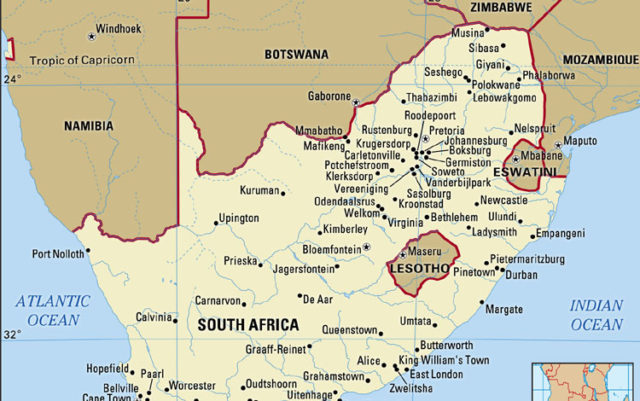
(5 minutes read)
· The Reserve Bank of South Africa has spelt out a number of measures to introduce liquidity into markets and enable banks to lend more; yet, households sector are still shying away in demanding credit due to the uncertain future
· According to the Reserve Bank’s June 2020 Quarterly Bulletin, released on Thursday (16 July) , a muted growth was evidenced in total loans and advances from financial institutions this year, despite the bank providing “substantial” interest rate relief
· The Bank has cut rates by 275 basis points so far. This works out to greater than the 100 basis points median of emerging markets. The repo rate of 3.75% is the lowest since 1973
The Reserve Bank of South Africa has spelt out a number of measures to introduce liquidity into markets and enable banks to lend more. Yet, households sector are still shying away in demanding credit due to the uncertain future.
According to the Reserve Bank’s June 2020 Quarterly Bulletin, released on Thursday (16 July) , a muted growth was evidenced in total loans and advances from financial institutions this year, despite the bank providing “substantial” interest rate relief. The Bank has cut rates by 275 basis points so far. This works out to greater than the 100 basis points median of emerging markets. The repo rate of 3.75% is the lowest since 1973.
Employment has been shrinking since the last quarter of 2019 as the economy has been in a recession from the third quarter of that year. The national lockdown, which halted non-essential economic activity when it was first implemented in March 2020, would further accentuate the recession. The latest unemployment statistics are at a high of 30.1%.
To buttress recessionary forces, the Reserve Bank, in partnership with Treasury and commercial banks, set up a R100 billion credit guarantee scheme for small businesses. The number of units availing the facility has been small and is only 10% of the total units. The Banking Association of South Africa is devising schemes to expand its coverage. Credit extension to the corporate sector bounced back from a contraction of R5.5 billion in the fourth quarter of 2019 to an increase of R58.3 billion in the first quarter of 2020, registering the largest quarterly increase since the first quarter of 2016. Working capital needs of consumer goods, manufacturing, mining, and resource companies have increased.
South Africa reported its largest trade surplus since the fourth quarter in 2020. In the first quarter 2020, the trade surplus was 4% of GDP. It was attributable to the increase in the value of gold and merchandise exports, coupled with a decrease in merchandise imports. That coincided with the first surplus for its current account of the balance of payments, since the first quarter of 2003. The balance surged from a deficit of 1.3% of GDP in the fourth quarter of 2019 to a surplus of 1.3% in the first quarter of 2020.







